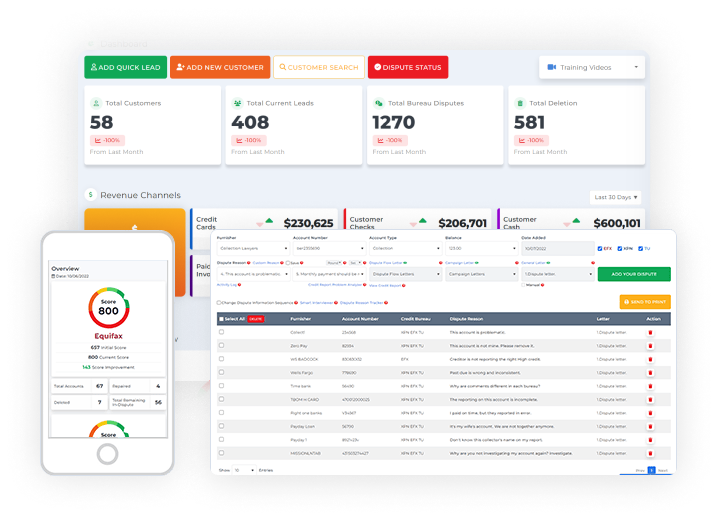Obtaining a higher credit score is a marathon, not a sprint. Because of this, having a roadmap to follow is very helpful. A credit score is compiled based on several factors, some of which impact the final score more than others. An effective strategy in any roadmap to improved credit is to address the more influential factors first and the smaller ones last. Easier fixes can also be addressed before the more challenging ones.
Step One: Make Sure Credit Information Is Correct
The factor that has the most impact on credit score is payment history, which makes up a full 35% of your score. This means one of the best behaviors to improve a poor credit score or maintain a good one is to regularly make all payments on time.
However, a credit score might be based on inaccurate information. For example, accounts that are not yours may be attributed to you. Some payments may have been reported as late when they were, in fact, made on time. Inaccurate items on a credit report are one of the first things that should be checked and corrected.
Step Two: Pay Down Credit Cards
The amount owed relative to income is the next biggest factor in a credit score, at 30%; this is why it is incredibly important not to carry rotating credit card debt. Aside from negatively affecting your credit score, you will end up paying a lot of money in interest that could be spent on other things. A good number to aim for at this stage is to pay down credit cards to 7%.
Step Three: Avoid Closing Old Accounts
It can be tempting to close old accounts as soon as you get them paid off, but this can actually be counter-productive. Fifteen percent of your credit score is based on the age of your accounts, so it actually can be better for your credit score if you leave these accounts open and barely used. If closing an account is the right decision for any particular reason, choose to close newer accounts over older ones.
Step Four: Have Credit Variety
The next 10% of your credit score is determined by the types of credit you have. This is why it is good to have several different types of credit open and well-managed to demonstrate a good credit history to future lenders. A typical recommendation is to have at least two credit cards and one loan.
Step Five: Apply For Credit Infrequently
The final 10% of your credit score is based on whether you have applied for new lines of credit recently. The best solution to fix this is only applying for credit twice a year. You should especially avoid applying for new loans or credit around major changes or big expenses because it could impact your ability to get a loan when you really need it.
Bonus: Now that you have read this article, why not take your new skill and start your own credit business helping others? We have free training that can help you do just that.
Click here to learn more.


